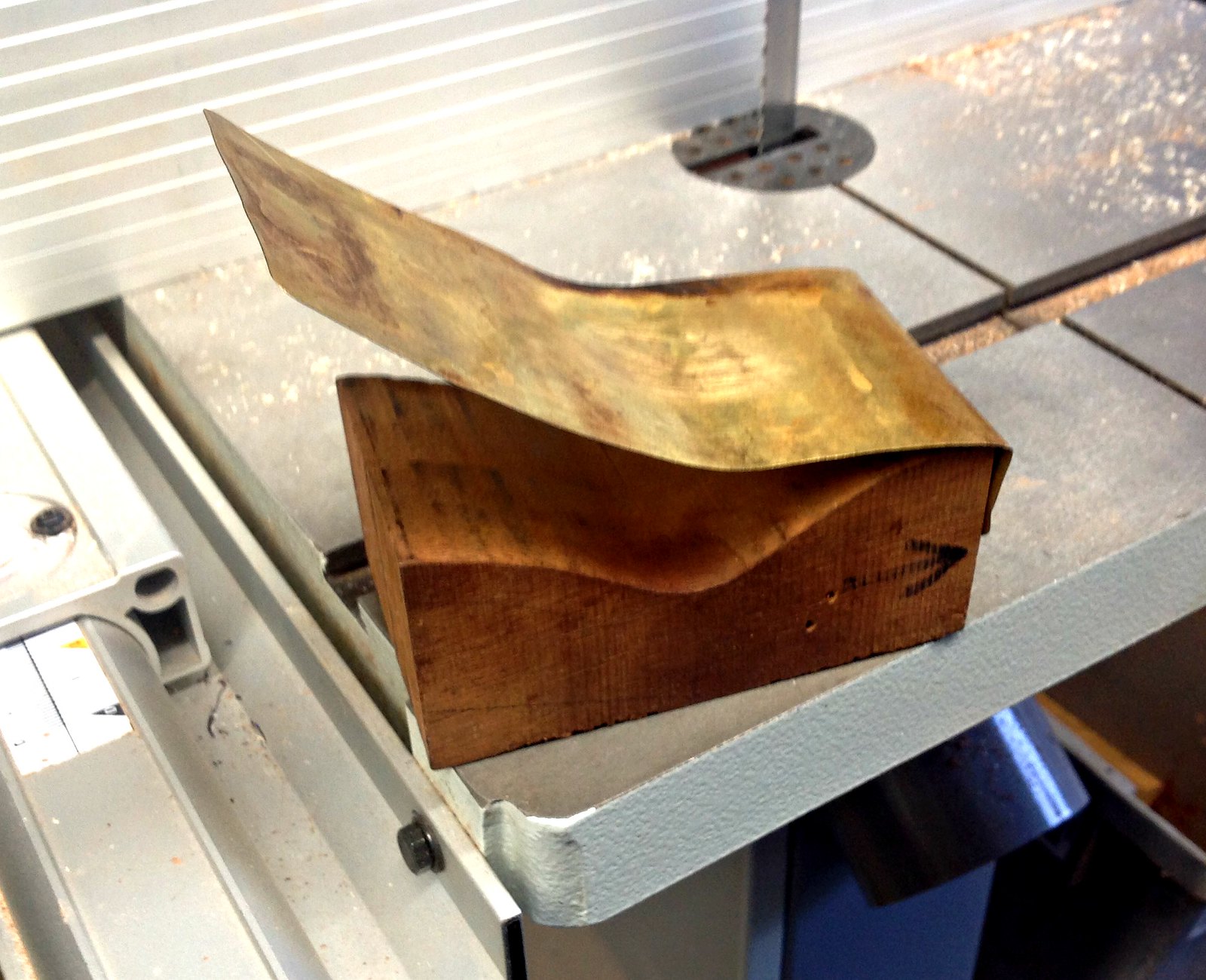Timbuck
Well-known member
Today is "Side Bending Day" I had 4 soprano sets to bend ..it is the Cuban rosewood that has been giving me a hard time recently... The waist is only a 1 inch radius so I do this on the hot pipe by hand. The first set cracked and was binned..The second set, I took it very carefully and with constant spraying with water I got there in the end but with slight leafing on the inside on one rib which I managed to sand out with a bit of help from CA glue...The third set went better and I managed to to get a set with no defects...The fourth set...I sprayed with this Veneer softener that I bought on Amazon (You can't get Supersoft in the UK)
I left the sotener on for about 45 mins then I wiped it down with a rag to remove surplus and started to bend on the pipe...It went like dream with no problems and I did it in double quick time...This stuff really works:smileybounce:
 IMG_4247 by Ken Timms, on Flickr
IMG_4247 by Ken Timms, on Flickr
I left the sotener on for about 45 mins then I wiped it down with a rag to remove surplus and started to bend on the pipe...It went like dream with no problems and I did it in double quick time...This stuff really works:smileybounce:
 IMG_4247 by Ken Timms, on Flickr
IMG_4247 by Ken Timms, on Flickr
Last edited:


